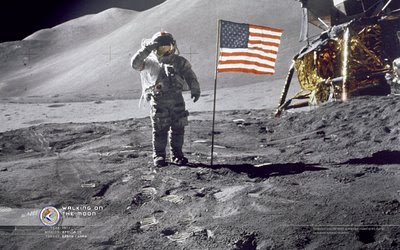Welcome Back to School

I wish you a wonderful and successful academic year. Remember, what you put into your work is what you will get out of it. If you put nothing in, you will get nothing out. Should you work hard, you will find the success very rewarding. We will begin the school year with a short introduction of the origin of the Earth and our place in the universe (Big Bang, solar system). Afterwards, we will focus on defining the nature of earth science, the importance of and determination of measurements, and the use of graphing to illustrate our measurements.





